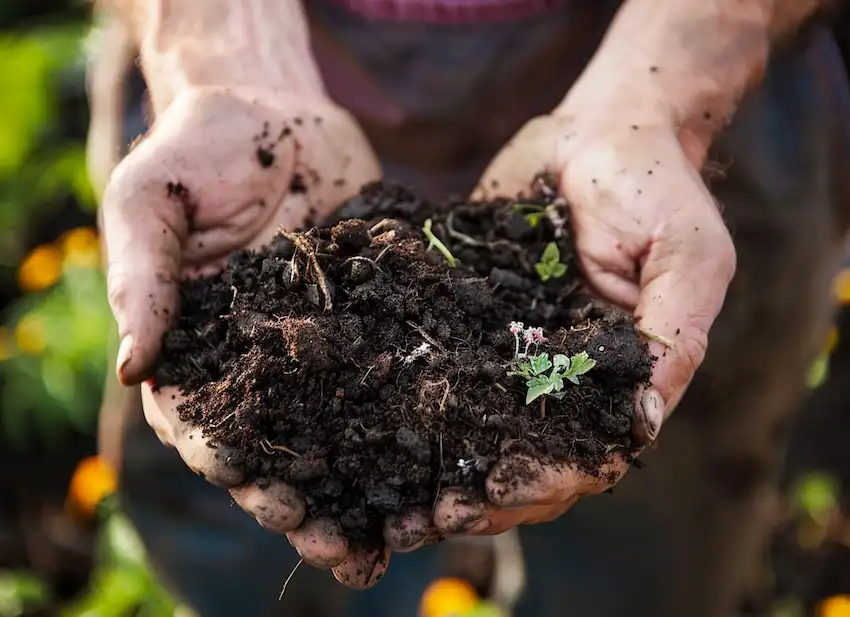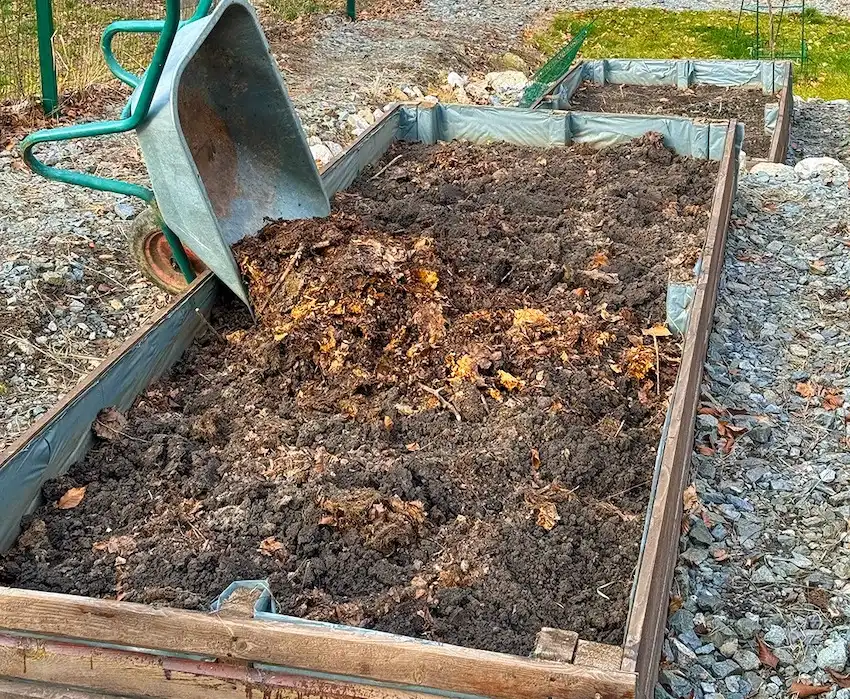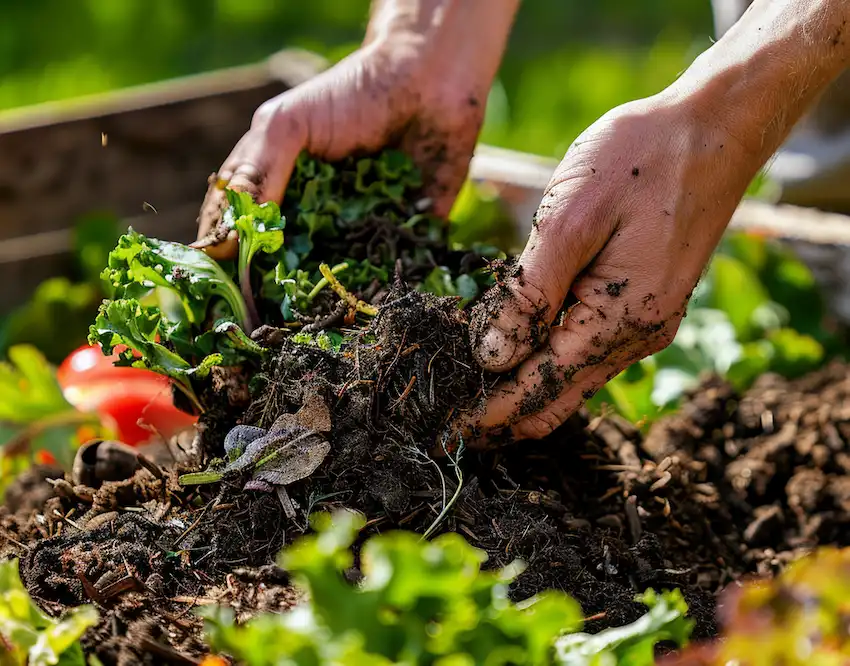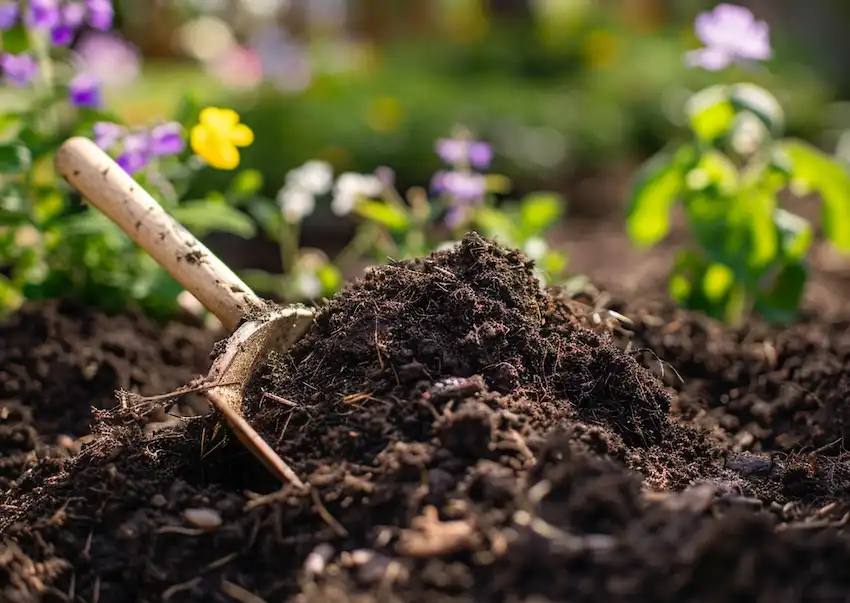Boost Your Garden’s Health: Mastering Compost Use for Lush, Sustainable Growth
Creating an enriching environment for your garden is pivotal for healthy plant growth, and one of the best ways to enhance soil quality is through the addition of compost. Compost is decomposed organic matter that enriches the soil with essential nutrients, improves its structure, and helps retain moisture. This guide delves into the when and why of adding compost to your garden, providing detailed insights and a step-by-step approach to integrating compost into your gardening routine.
Why Add Compost to Your Garden?

Nutrient Boost
Compost is rich in nutrients that plants need, including nitrogen, phosphorus, and potassium. It releases these nutrients slowly, providing a steady supply that helps plants grow strong and healthy.
Soil Structure Improvement
Adding compost improves soil structure, making it more friable and easier for roots to penetrate. It also helps sandy soil retain moisture and breaks up clay soil, promoting better drainage.
Moisture Retention
Compost has a remarkable ability to retain water, which reduces the need for frequent watering. This is particularly beneficial during dry spells, ensuring that plants remain hydrated.
Enhances Soil Life
Compost introduces beneficial microorganisms that help break down organic matter into nutrients that plants can absorb. These microorganisms also play a crucial role in suppressing soil-borne diseases.
Eco-Friendly
Composting is an environmentally friendly practice. It recycles kitchen scraps and yard waste, reducing landfill waste and the production of methane, a potent greenhouse gas.

When to Add Compost to Your Garden
Spring Preparation
Add compost to your garden beds in early spring, before planting. This helps warm the soil and provides nutrients for new growth.
Planting Time
Mix compost into the soil at planting time to give a nutrient boost to new plants and help them establish quickly.
Growing Season Boost
Mid-season, apply a layer of compost around plants to replenish nutrients and help retain soil moisture during the warmer months.
Fall Amendment
Incorporate compost into your garden beds in the fall to enrich the soil for the next growing season. This also helps protect the soil over winter.
How to Add Compost to Your Garden: A Step-by-Step Guide
Step 1: Prepare Your Compost
Ensure your compost is well-decomposed and ready to use. It should be dark, crumbly, and have an earthy smell.
Step 2: Test Your Soil
Before adding compost, it’s a good idea to test your soil to understand its needs. This can guide how much compost you should add.
Step 3: Apply Compost

- For New Beds: Mix 2 to 4 inches of compost into the top 6 to 8 inches of soil.
- For Established Beds: Apply a 1 to 2-inch layer of compost around plants or over the bed’s surface and lightly mix it into the top inch of soil.
Step 4: Water Your Garden
After adding compost, water your garden thoroughly. This helps integrate the compost into the soil and makes nutrients available to plants.
Step 5: Mulching
Optionally, you can use a thin layer of compost as mulch around your plants. This helps retain moisture and suppress weeds.

Incorporating compost into your garden is a simple yet profoundly beneficial practice. By understanding the optimal times and methods for adding compost, you can significantly enhance the health and productivity of your garden. Compost not only nurtures your plants but also contributes to a more sustainable and eco-friendly gardening approach. Remember, the key to successful composting lies in regularity and understanding the specific needs of your garden’s ecosystem.



















